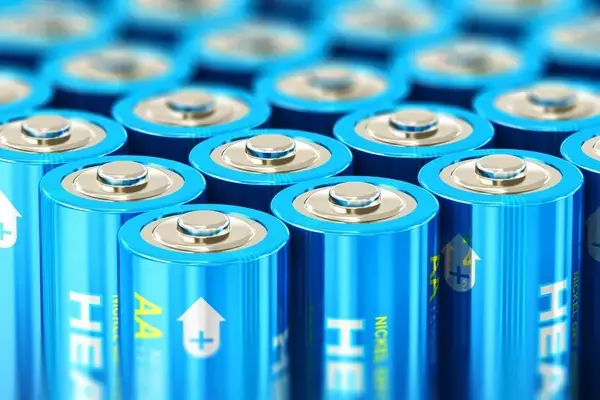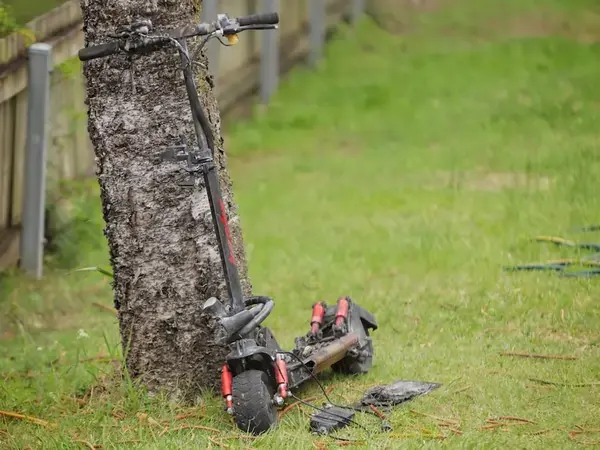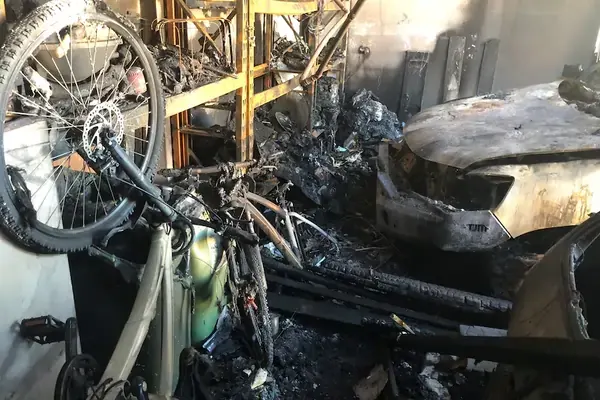3 October 2023
Concerns over growing number of fires linked to lithium-ion batteries in e-scooters and e-bikes
In an era where lithium-ion batteries power our lives, from e-bikes and electric vehicles to everyday devices, it’s crucial to understand that harnessing this energy comes with both opportunities and responsibilities. We’re here to shed light on these vital aspects, from safe usage to proper disposal, to ensure that we enjoy the benefits without encountering the dangers.
The Fiery Facts
In the past year alone, the Country Fire Authority (CFA) and Fire Rescue Victoria (FRV) have responded to at least one significant lithium-ion battery-related fire per week. Broadly in Australia, more than 450 fires have been linked to lithium-ion batteries over the past 18 months, according to data provided by state fire departments. This alarming trend is expected to rise as these batteries become more commonplace in our daily lives.
What are Lithium-ion Batteries
Lithium-ion batteries’ distinguishing feature is their rechargeability, which sets them apart from traditional single-use batteries. This rechargeability allows users to repeatedly replenish the battery’s energy by simply plugging it into a compatible charger, making them a cost-effective and environmentally friendly choice over the long term. Moreover, lithium-ion batteries are often seamlessly integrated into the devices they power. This integration enhances the overall user experience, as users don’t need to worry about constantly replacing disposable batteries. It also reduces the clutter of disposable battery waste, contributing to a cleaner environment. This integration offers convenience but also requires responsible use and maintenance to minimise the risk of fire.

The Fire Hazard
When lithium-ion batteries are damaged, misused, or fail to meet compliance standards, they can turn into ticking time bombs. Particularly when connected to chargers, they pose a severe fire risk. Once ignited, these batteries can produce dangerous, self-sustaining flames and even release shrapnel and toxic gases.

Safety First: Your Responsibility
As consumers, it’s our responsibility to ensure the safe use of lithium-ion battery-powered devices. Here are some tips to keep in mind:
Safe Usage: Your Responsibility Matters
- Purchase from Reputable Suppliers: When investing in lithium-ion battery-powered devices, always choose reputable suppliers. Following the manufacturer’s instructions is your first step towards responsible use.
- Chargers and Cords: Stick to chargers and cords originally supplied with your device. Using chargers with incorrect power delivery can lead to battery damage or dangerous overheating.
- Device Compatibility: Use batteries specifically designed for your device. Mismatched components can pose risks.
- Look for the Regulatory Compliance Mark: Chargers with this mark meet Australian Standards, ensuring safer operation.
- Charging Precautions: Avoid overnight charging or leaving devices unattended while charging. Disconnect once fully charged and use non-combustible surfaces for charging.
- Safe Charging Locations: Don’t charge devices on flammable surfaces like couches, beds, or carpets. Ideally, store and charge Lithium-ion Electric Vehicles (LEVs) away from living spaces and combustible materials. Install smoke alarms in these areas as an added precaution.
- Professional Repairs: Seek qualified professionals for device repair, battery replacement, or upgrades. DIY repairs can be risky.
- Storage Matters: Never expose LEV batteries or devices to extreme heat, moisture, or direct sunlight. Store them away from parked vehicles and combustible materials, ensuring they have cooled before recharging.
- Watch for Warning Signs: If you notice swelling, bulging, leakage, extreme heat, colour changes, or unusual sounds from your battery or device (e.g., popping or hissing), cease use immediately. Wear gloves when handling leaking or damaged batteries and clean up spills carefully.
- Disposal: When disposing of lithium-ion batteries, follow proper protocols. Incorrect disposal can lead to punctures and fires during transport and processing.
By understanding the importance of responsible lithium-ion battery use, we can continue to enjoy the benefits of these powerful devices while ensuring the safety of our homes and communities. Together, we can keep the fire within the batteries, where it belongs – harnessed and controlled for our convenience and sustainability. To dive deeper into the world of lithium-ion batteries and their safe use, visit the CFA website at www.cfa.vic.gov.au/batterysafety.
In Case of Fire:
If a lithium-ion battery fire occurs:
- Dial 000 immediately and report the fire. Wait in a safe location for firefighters to arrive.
- Remove the device, if safe to do so, away from anything that can catch fire, preferably outside.
Suggested articles
No articles found

